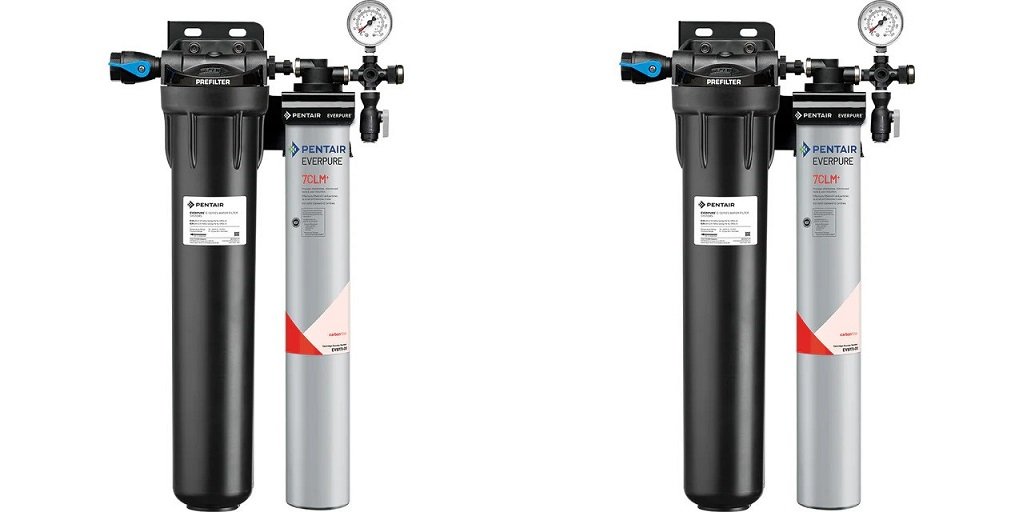Customer expectations in retail are evolving faster than ever before. Shoppers today want speed, convenience, personalization, and consistency—whether they’re browsing online or walking into a store. For retail businesses, delivering effective customer service is no longer limited to a friendly face at the checkout counter. It now involves unified support across platforms, smarter use of technology, and meaningful connections at every stage of the journey.
Let’s explore actionable strategies that retail businesses can adopt to improve the quality and consistency of their retail service—while keeping the human touch intact.
Break the Silos: Integrate Customer Touchpoints
A customer may browse your product range on a mobile app, add items to a cart on desktop, and then walk into a store expecting the same seamless experience. To meet this expectation, retail businesses need more than multichannel presence—they need true omnichannel integration.
Rather than viewing online and offline as separate entities, unify them. This includes:
- Syncing inventory across e-commerce and brick-and-mortar stores
- Allowing users to reserve items online for in-store pickup (click-and-collect)
- Creating consistent promotional messaging across platforms
By connecting your systems and channels, customers can shift between platforms effortlessly without having to repeat themselves or start over—significantly boosting satisfaction.
Empower Frontline Staff with Technology and Empathy
No amount of digital convenience can replace a helpful interaction with a well-trained team member. In-store associates and support staff remain essential to delivering a strong retail service experience.
What’s evolving, however, is how they deliver that service.
Modern retail service teams need access to tools that give them context—such as a customer’s past purchases, preferences, or delivery concerns. Equipping staff with mobile POS devices or tablets not only improves efficiency but also allows for personalized support on the spot.
Pair that with empathetic training, and your team becomes more than just a service provider—they become trusted advisors.
Bridge Online and in-store Experiences with Smart Services
Some of the most successful retailers today have mastered the art of offering convenience through hybrid service models. One such example is click-and-collect: a system that lets customers shop online and pick up in-store.
This model solves two problems at once—speed and convenience—while also driving store footfall and potential upselling opportunities. But to make it effective, the underlying systems must support real-time order updates, accurate product availability, and quick fulfillment.
Beyond logistics, the idea is simple: eliminate friction and create options that suit the customer’s lifestyle.
Personalize, but do it Right
Today’s customers want to feel recognized—not watched. There’s a subtle difference between creepy retargeting ads and a thoughtful product recommendation based on your past purchase. The latter enhances the experience; the former often backfires.
Retailers can achieve effective personalization across channels by:
- Using customer data to tailor offers and recommendations
- Displaying recently viewed items or saved preferences on e-commerce platforms
- Offering in-store promotions based on loyalty status or recent online activity
The golden rule? Respect data privacy and provide visible value in return.
Use In-Store Tech to Enrich—not Complicate—the Experience
Technology should simplify—not overwhelm—the shopping journey. In-store innovations like self-checkout kiosks, mobile POS systems, and even augmented reality (AR) experiences can significantly enhance the overall retail service when used with intent.
Consider the Following Uses:
- Smart mirrors in apparel stores to show alternative sizes or colors
- QR codes for instant product information
- Mobile wallets for faster, contactless checkout
The goal is not to replace the human element but to support it—ensuring that convenience and engagement go hand in hand.
Keep Support Consistent Across All Channels
A customer who starts a conversation via live chat should receive the same quality of care as someone walking into the store. This means:
- Aligning your customer service protocols across online and offline channels
- Training in-store staff to handle online queries and returns
- Integrating tools like CRM and helpdesk platforms to track support history
When customer service feels connected and informed, frustration goes down—and trust goes up.
Build Loyalty Through the Post-Purchase Experience
Too often, retail service ends the moment a customer checks out. But the most loyal customers are created after the sale is made. Whether it’s through easy returns, post-purchase emails, or satisfaction surveys, the message is the same: We still care.
Simple tactics include:
- Thank-you messages with future discounts
- Asking for product reviews or feedback
- Easy exchanges or issue resolution without jumping through hoops
This follow-up stage is a powerful opportunity to reinforce positive experiences and build long-term brand affinity.
Conclusion
Effective retail service is not about big gestures or flashy tech—it’s about removing friction, offering flexibility, and delivering consistently great experiences at every step. Whether through better-trained staff, seamless omnichannel systems, or thoughtful personalization, the goal remains the same: help customers feel seen, heard, and valued.
Retailers who adapt their service strategies to meet modern expectations—while staying grounded in human connection—will be the ones who thrive in the long run.












Leave a Reply